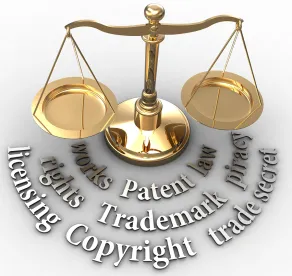In issuing its precedential decision earlier this month in Two-Way Media v. Comcast, the Federal Circuit affirmed a Delaware district court determination that four data streaming patents were directed to ineligible subject matter pursuant to § 101 and the Alice framework. The four related patents (U.S. Patent Nos. 5,778,187, 5,983,005, 6,434,622, and 7,266,686) describe methods and systems for streaming audio/visual data over a communications system (e.g., the Internet) and, in particular, a scalable architecture for delivering real-time information to a number of users, including a control mechanism allowing for management and administration of users intended to receive the real-time information.
Under Alice step one, the Court found that the patents claimed the abstract idea of sending and monitoring the delivery of audio/visual information. The Federal Circuit agreed with this characterization of the claims, finding that the claims used results-based functional language with no articulation of how the particular results are achieved. Two-Way Media also proposed claim constructions that it argued tied the claims to a scalable network architecture. Even after adopting Two-Way Media’s propose constructions, both the District Court and the Federal Circuit found that the constructions, at best, encompassed using generic computer components to carry out the abstract idea and still failed to indicate how the claims themselves “are directed to a scalable network architecture that itself leads to an improvement in the functioning of the system.” (emphasis added)
Analyzing Alice step two, the Federal Circuit found that the claims contained no inventive concept. While the patent specification described a system architecture as a technological innovation, the claims themselves do not recite that architecture—for example, the claims refer to a “network communications protocol” without describing the rules that comprise the protocol, and therefore claiming, the protocol. The panel explained that the claims, instead, use functional language to achieve solutions to various technical problems (e.g., network congestion and excessive server loads) without explaining how the result is achieved. The Federal Circuit further noted that the conventional ordering of steps recited in the claims provided no inventive concept in the ordered combination of the limitations. The Court thus stated that the claims as a whole lack an inventive concept.
This case underscores the importance of careful claim drafting for software-related patents. Prosecution counsel should be careful to adequately describe how particular solutions are achieved, not just recite the solutions. It is also important to keep in mind the scope of the claims themselves, i.e., the specification cannot save a claim that covers an abstract idea and/or does not include an inventive concept. The technological innovation must be in the claims expressly.






 />i
/>i
